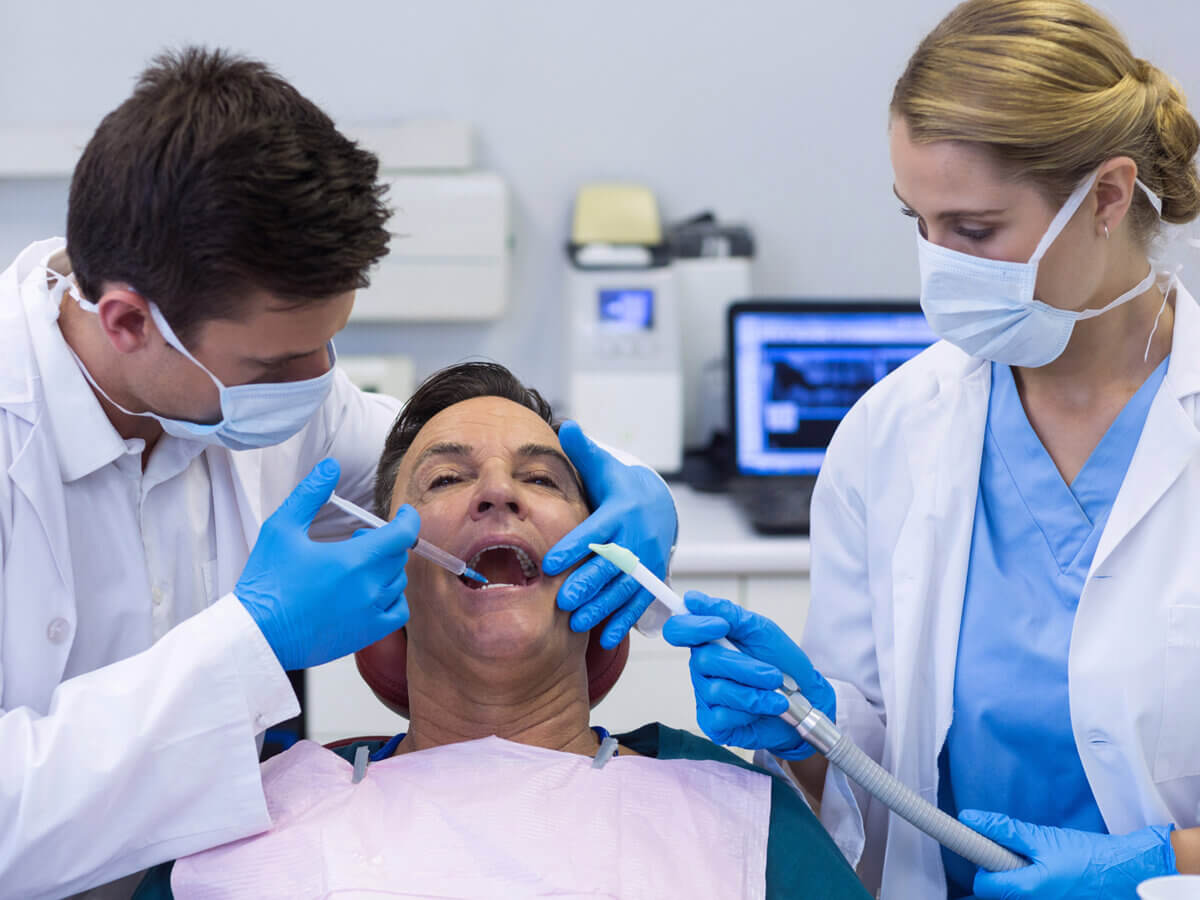Blog
Dental hygiene tips for healthy teeth & gums

What Happens If You Swallow Dental Anesthesia?
To make dental procedures more accessible and convenient, dental anesthesia is the most recommended option. It is mainly used to control pain during the process. Dental anesthesia has different purposes. It is most often used to prevent discomfort caused due to procedures, which adds relief to a patient’s health and helps the patient and dentist during the treatment.
Dental anesthesia can likewise make a helpful difference, for example, relief from pain. Apart from this, it can be used as a tool to separate oral pain and temporomandibular joint dysfunction.
The extra usage or swallowing of dental anesthesia can cause harmful effects, and the seriousness can go from gentle to extreme and hazardous, such as whitening. The duration is optional. Before avoiding harmful situations, the dentist must explain all side effects to the patient.
How Does It Function?
These are infused into the nerve supply, caring for the tooth that should be desensitized. Dental anesthesia blocks the nerve sensations, keeping pain receptors from conveying messages to your brain. Pressure is usually the main thing you’ll feel during the process but not the pain.
After getting into the nerve, the effect lasts for a certain period. And if, during the operation, the effect gets reduced, then the next dose is advised to be given immediately. The main idea behind using dental anesthesia is to numb the affected area by blocking the nerves that transmit the sense of pain.
When Is It Used in Dental Work?
The dentist used Dental anesthesia during the oral procedure. By making the nerves numb so that less pain should be experienced. Some of the reasons why it is used in oral operations are:
- To avoid disturbance during treatment
- To prevent pain sensations in the gums and teeth
- To make the nerves numb for an easy process
- During the cleaning of teeth
- During root canal
- Implants
- Removal of wisdom tooth
- During drilling and alteration
- Removal of cavities
Why do Dentists use Dental Anesthesia?
Dentists recommend using oral anesthesia to make it comfortable for the patient. To numb the region which is to be treated. 2-3 infusions are required to make the affected area numb. You shouldn’t feel something besides pressure when you get the ideal portion injected into your gums.
It shows the result in less than 10 minutes but diminishes over a long period. It is also considered a cost-effective option and can be used in all oral procedures. However, it is meant to be budget friendly as it is the foremost step during oral treatments.
Harmful effects caused by Dental Anesthesia
Some harmful effects can be caused if dental anesthesia is taken in high quantities or swallowed.
- Temporarily lose the ability to blink.
- Increased heartbeat
- Blood-filled swelling in gums
- Headaches and nausea
- Sore throat
Preventive measures to be taken
Different kinds of dental anesthesia require various preventive measures.
- You might avoid intake of oral anesthesia if you are allergic to eggs.
- If you are sensitive to heat, then avoiding oral anesthesia is essential.
Consulting the dentist can significantly help you as they provide proper guidance and offer all the necessary details for your treatment.
Also, help in choosing the cost-effective option. Although overall hygiene is essential, regular dentist visits can help avoid harmful effects on the teeth and gum.
Wherever you go for an oral care procedure, always choose the option that offers full-fledged information about the procedure. Though, during the process, there can be a chance you swallow dental anesthesia under the guidance of a dentist, you can overcome the issues caused by after-effects.


